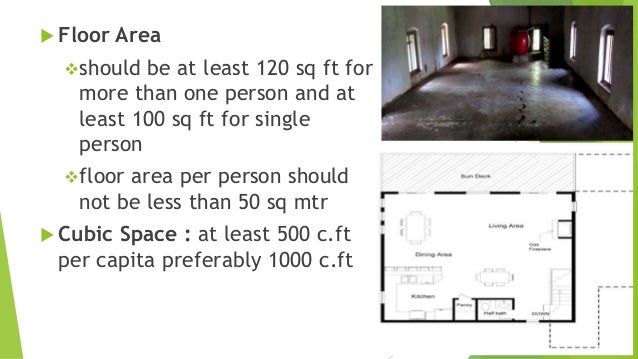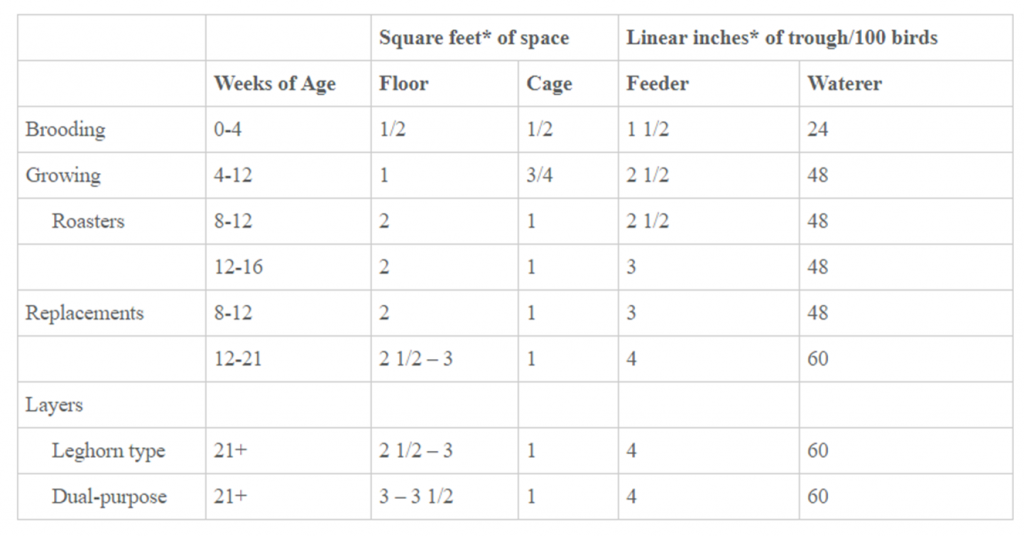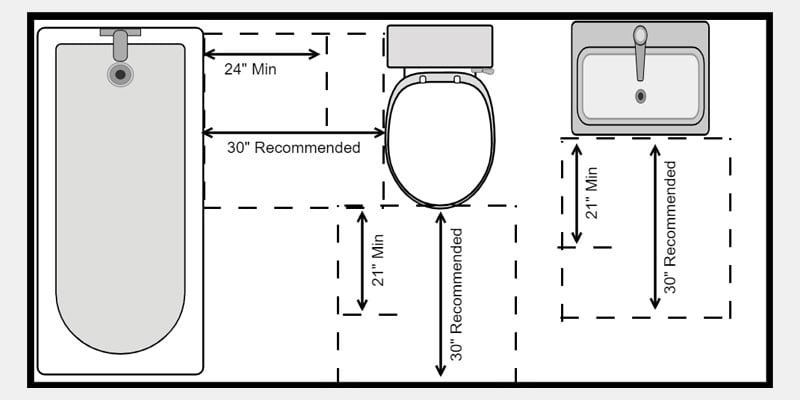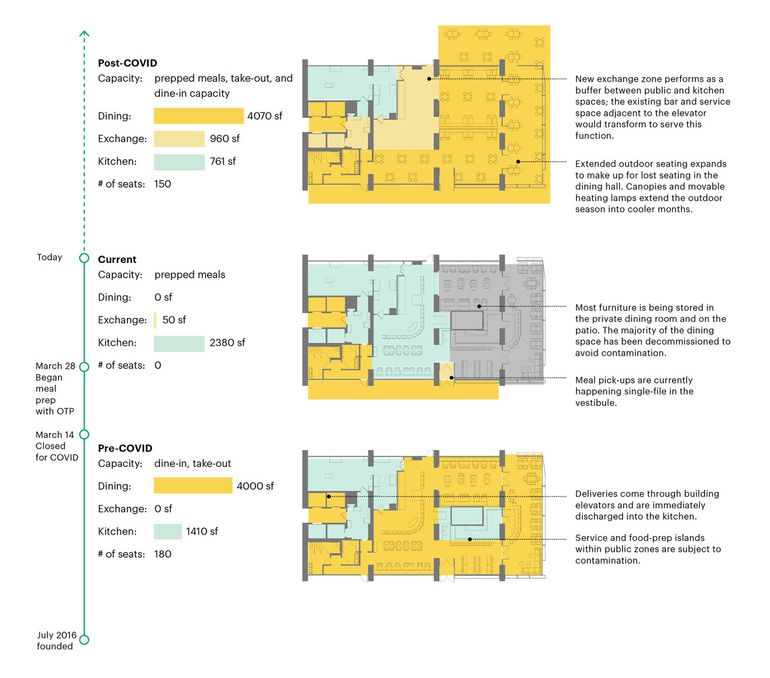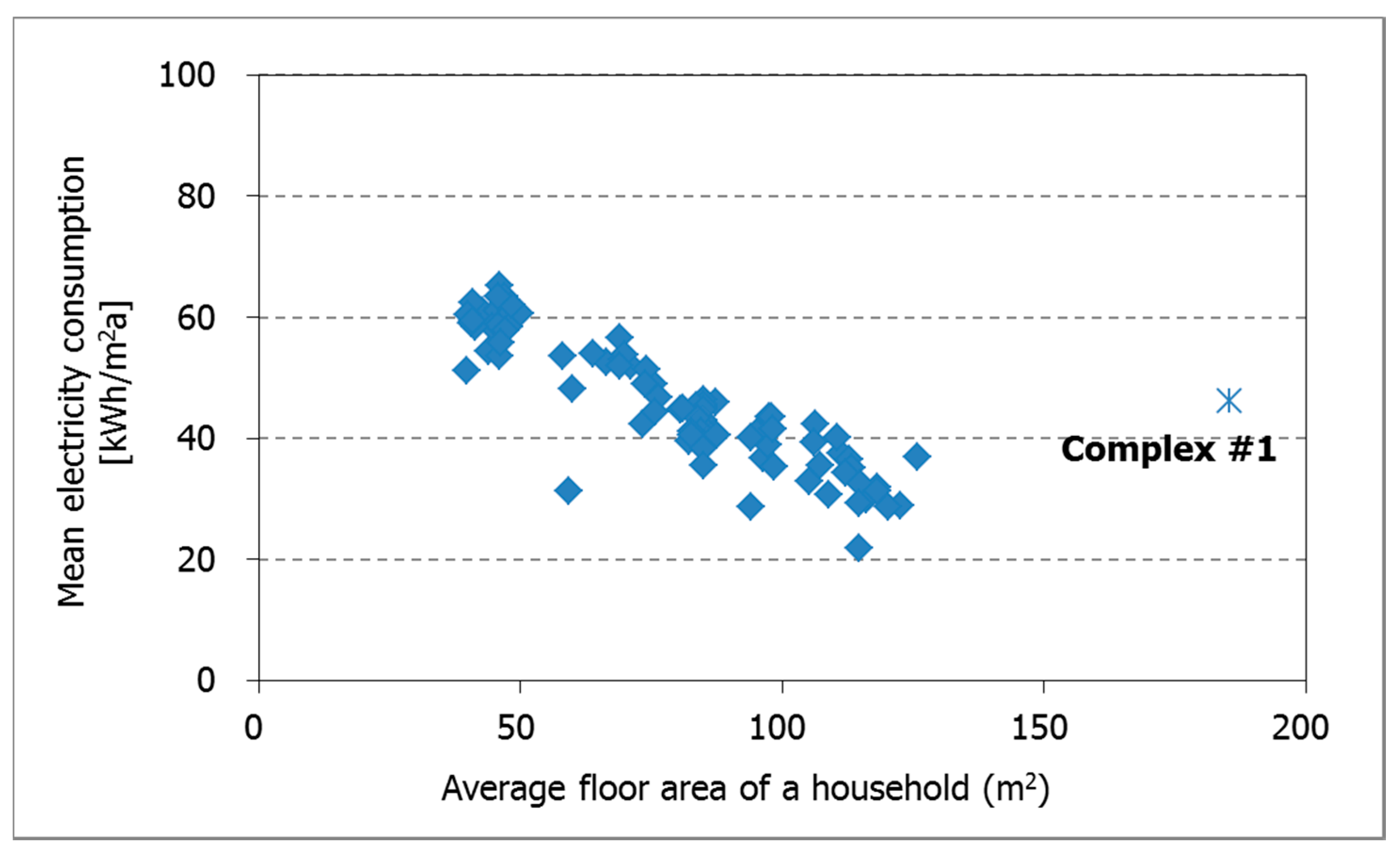Non residential buildings refer to buildings in the service sector and include several categories office buildings hospitals schools and universities hotels and restaurants buildings in wholesale and retail trade.
Residential floor space per capita india goals.
Keywords floor space index per capita space density infrastructure urban sprawl.
In such buildings active commercial space lobbies and individual ground floor residential units with direct pedestrian access to the sidewalk.
Population density measures the amount of people in a given area generally per square kilometer or mile.
1990 when per capita incomes in china were less than one third of india s current levels.
Each resident has just 8 sq m to call own the per capita residential area currently available in mumbai is just 8 3 square metre the survey s findings state.
Open spaces should be counted in the far as per the master plan.
In addition to being constructed using higher quality materials chinese houses are also generally larger than in india.
As per existing land use plans the average floor space per capita in mumbai is 9 sq m the availability being as divergent as 1 sq m to 5 sq m per capita for slum residents who account for nearly half the city s population while the richest decile on an average occupy 26 sq m per capita.
Every room habited by people should open into an exterior or interior open space or verandah.
The average floor area per person in eu 28 is 42 56 m 2 per person.
Andrew bergmann for cnnmoney took a look.
It s difficult to get a clear image of what these vast spaces actually represent so i thought that it would be interesting to flip the.
It is the result of the size of dwelling m 2 floor area and the number of persons living in the dwelling.
In fact a majority of indians have per capita space equivalent to or less than a 10 feet x 10 feet room for their living sleeping cooking washing and toilet needs.
These areas should be free of erections of any kind except cornice chajja or weather shade that is not more than 0 75 metres wide.
Introduction in india urban area is defined in terms of population density and work composition.
Guidelines on open areas in residential structures.
With the addition of a 14 96 sq km patch of lush mangrove the city s total area is now 473 28 sq km.
A minimum population of 5000 with 75 of male population engaged in non agricultural work with a density of at least 400 persons sq km.
The floor area per dweller is one of the key indicators of dwelling comfort.
In residential buildings only permanently occupied dwellings are considered vacant dwellings and summer houses excluded.
All projects where ground floor residential uses face public rights of way and public spaces to meet requirements for active uses per the planning code.
How much space is there per person in different countries.









